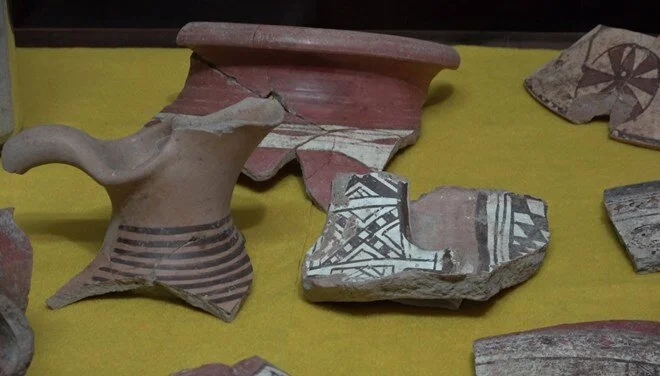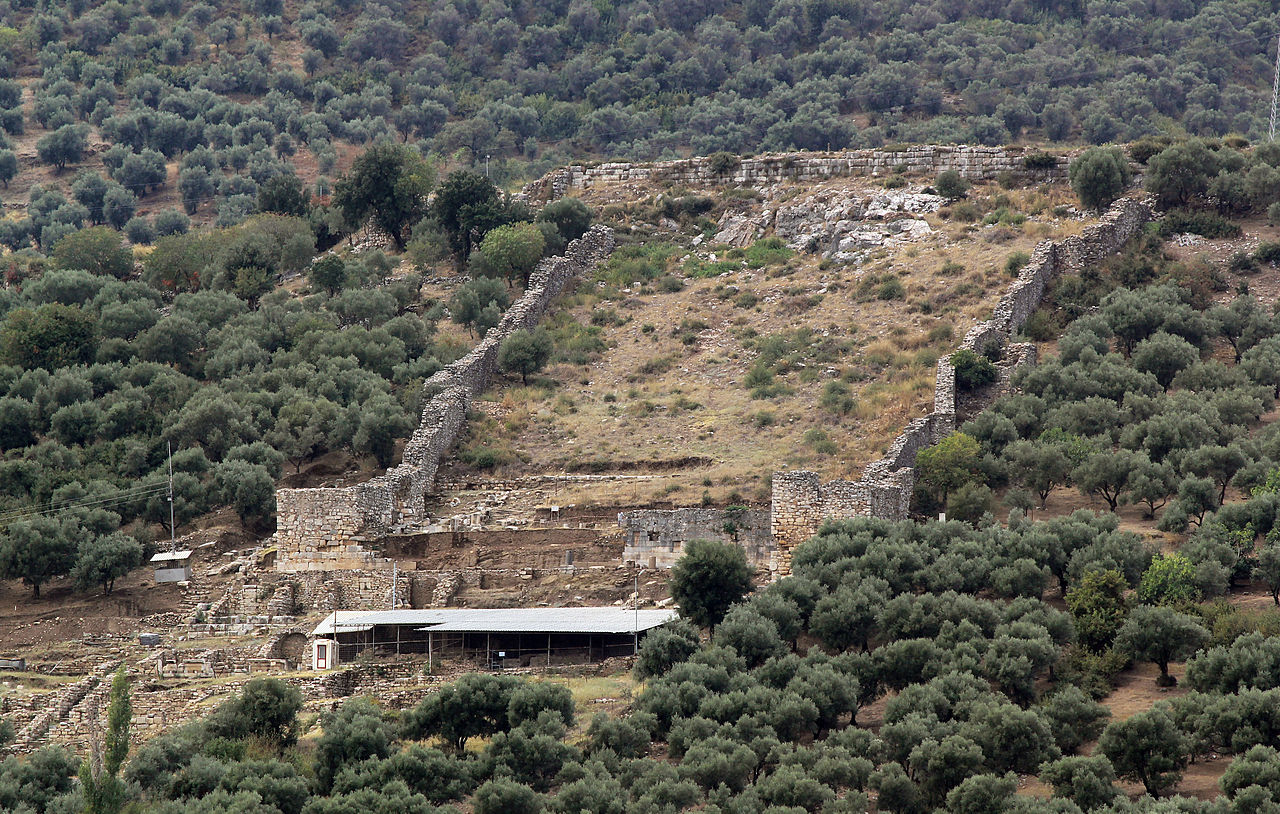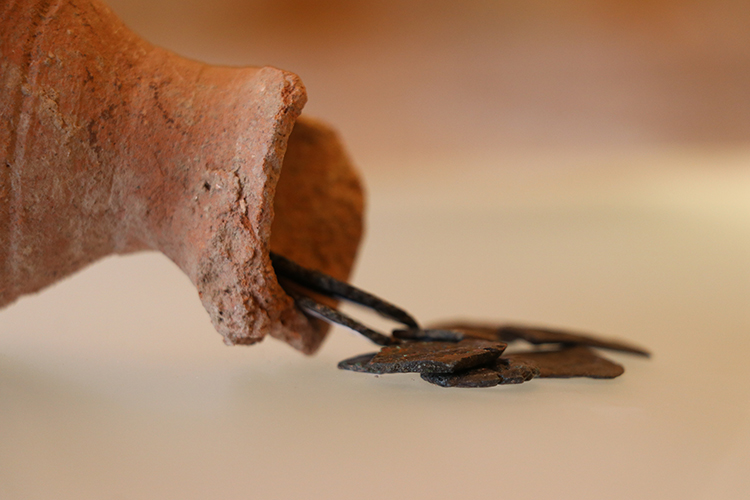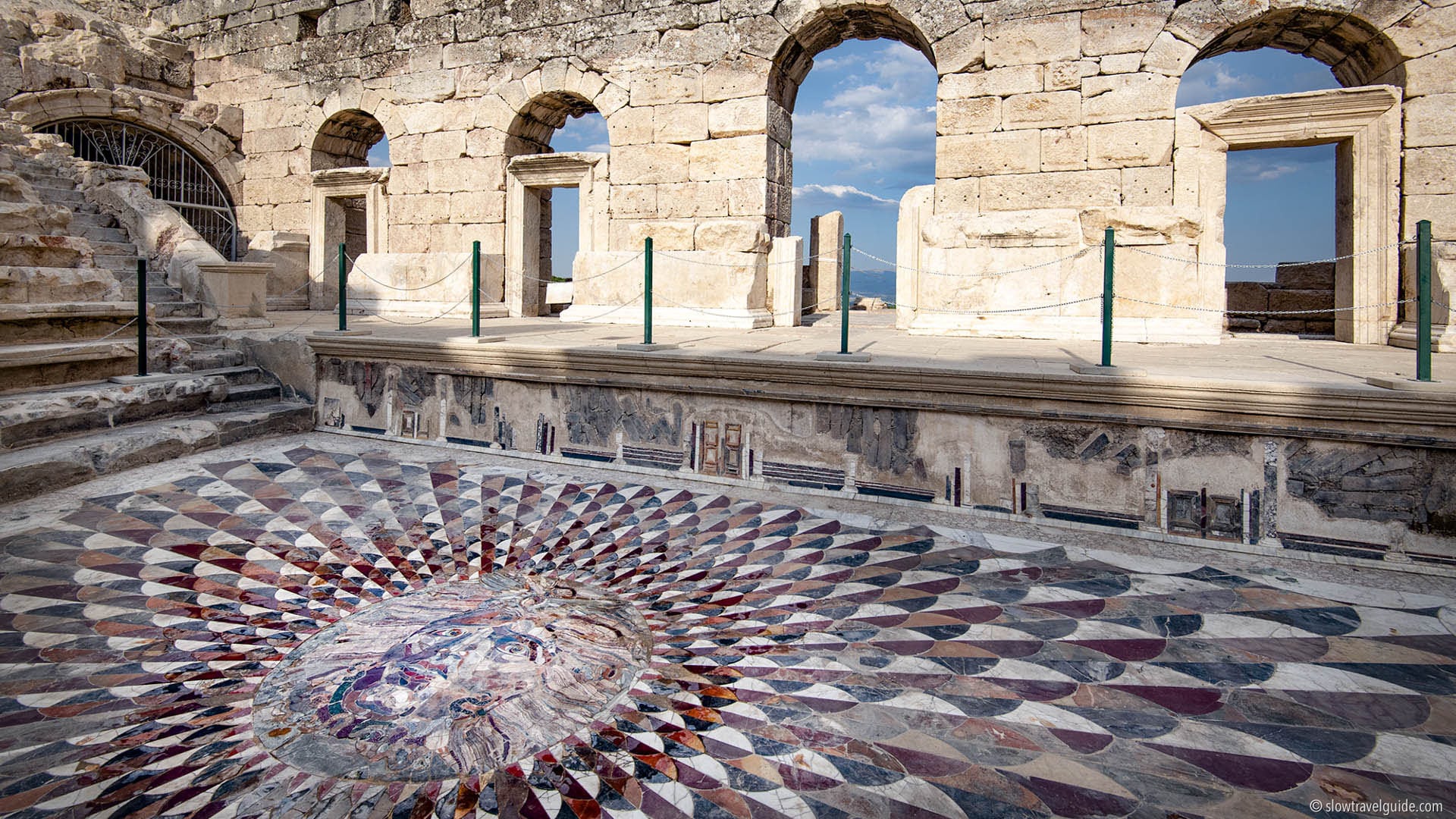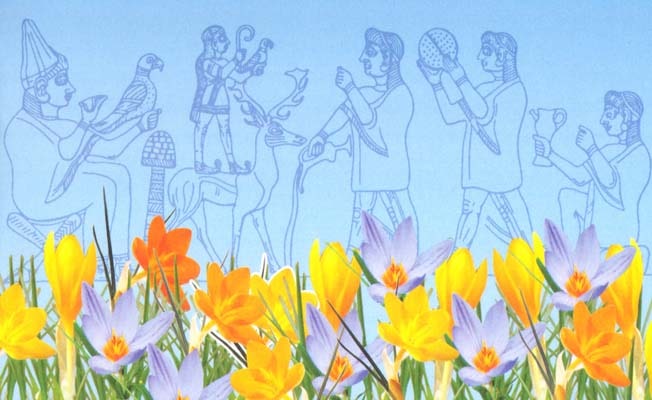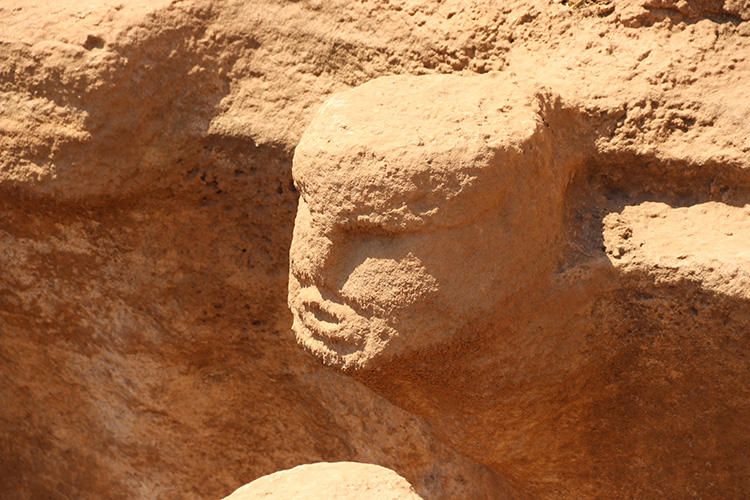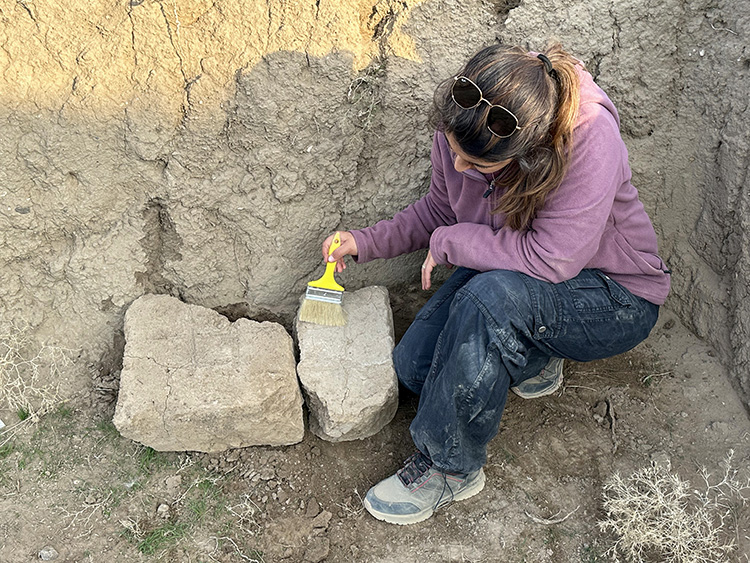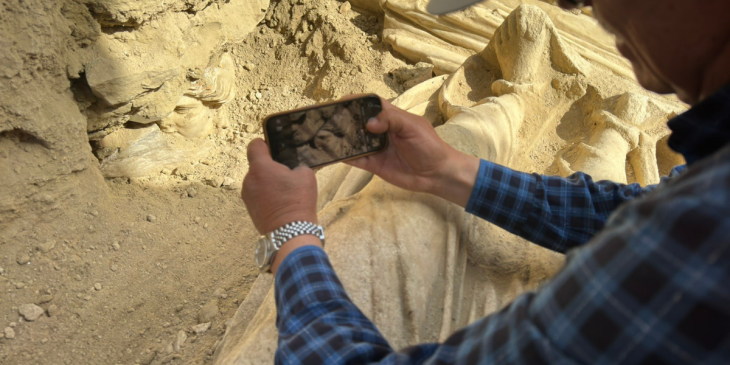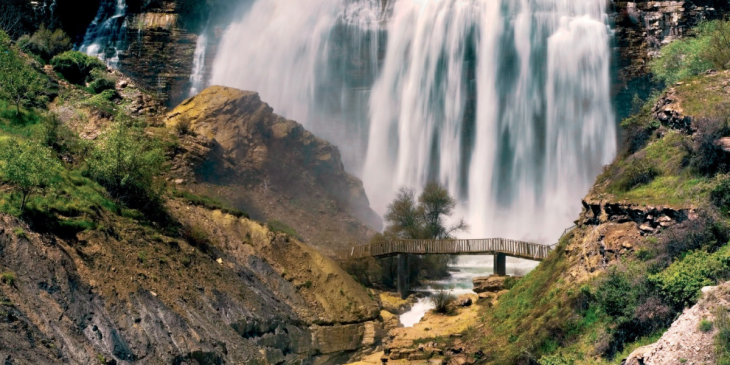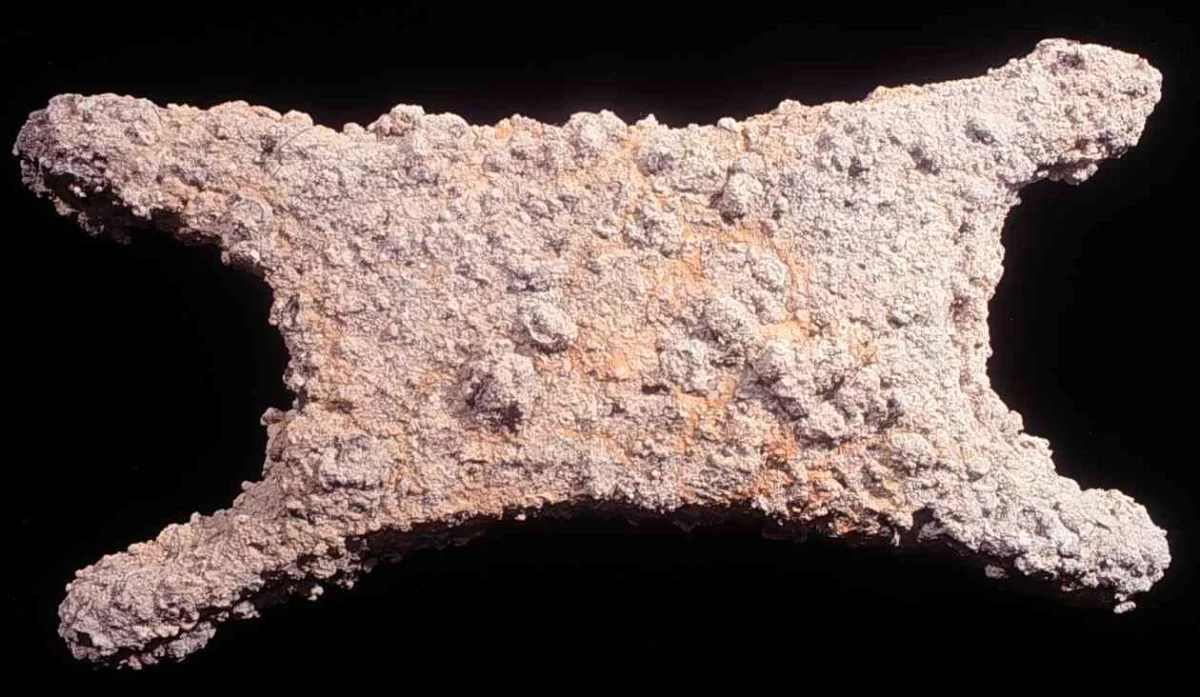Weighing 32 tons, the Sidamara Sarcophagus, known as the heaviest sarcophagus in the ancient world, was found in the village of Ambar, formerly Sidamara, on the Konya Ereğlisi-Karaman road.
The Sidamara Sarcophagus was found by a villager named Molla İbrahim. Molla İbrahim, known as İbrahim Gündoğdu from the Hocalar clan, found the sarcophagus while digging the foundation to build a wheat barn next to his house. Molla İbrahim, who was frightened when he saw the human figures on the sarcophagus, reported the situation to the authorities.
Ereğli bureaucrats of the period and then the British ambassador examined the sarcophagus. The ambassador secretly smuggled a piece of the sarcophagus to his country. After the sarcophagus was kept hidden under the ground for about 20-25 years, Molla İbrahim was awarded 3 Mecidiye and offered a civil servant position in Ereğli, but he did not accept this offer.
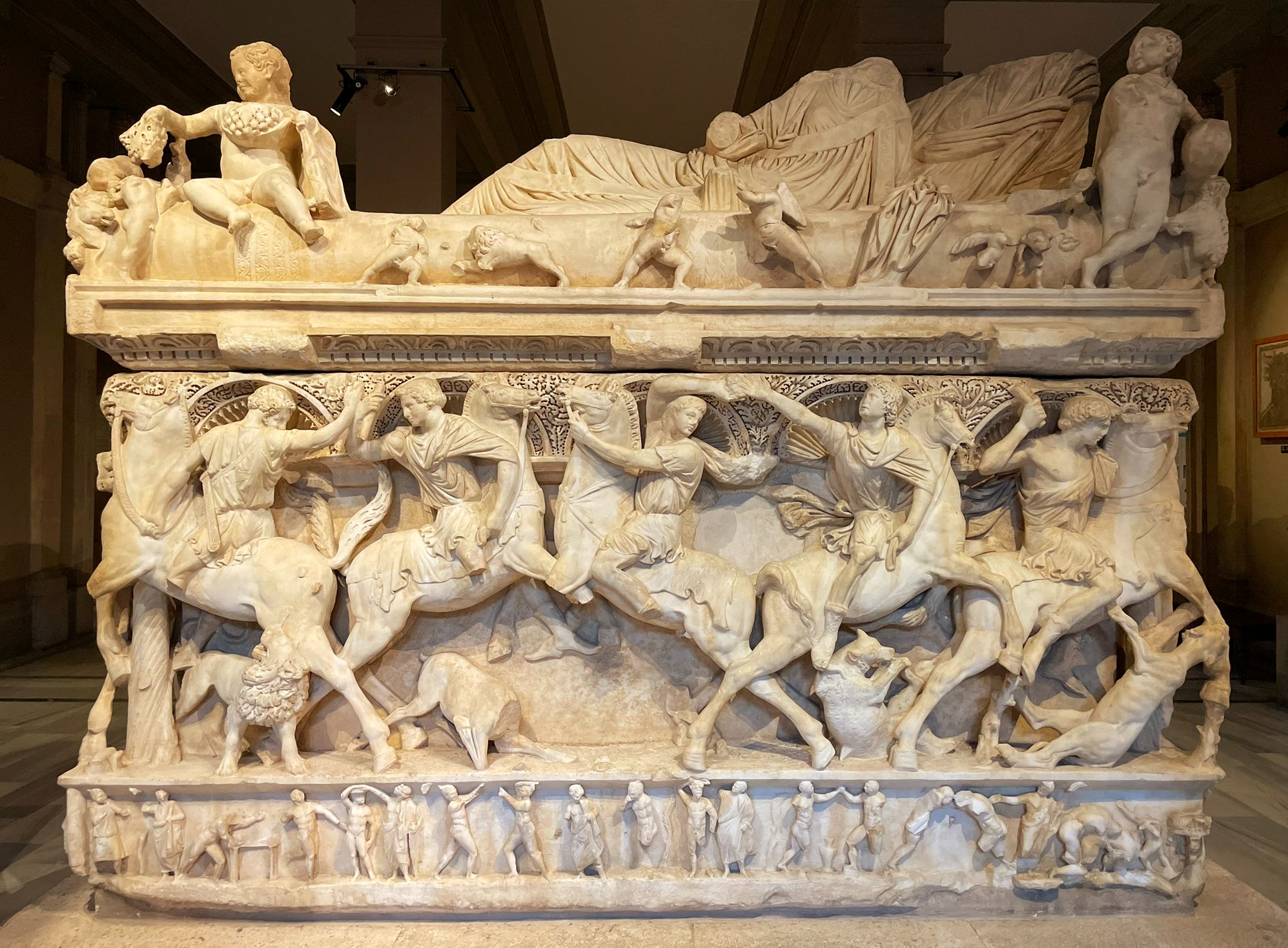
Mustafa Aga, nicknamed “Deli Mustafa”, took part in the process of moving the sarcophagus. The Sidemara Sarcophagus was successfully transported from Ereğli to Konya Train Station with 40 pairs of water buffaloes in one month. Mustafa Aga later served as the mayor of Ereğli. Mustafa Aga is also known for saving many lives in 1915 by opposing the order to take Armenians on a death march.
Dating back to the 3rd century AD, the world’s heaviest sarcophagus, weighing 32 tons, was transported to Konya on a oxcart pulled by 60 oxen.
From Konya, it was brought to Istanbul by Osman Hamdi Bey and is on display at the Istanbul Archaeological Museums.
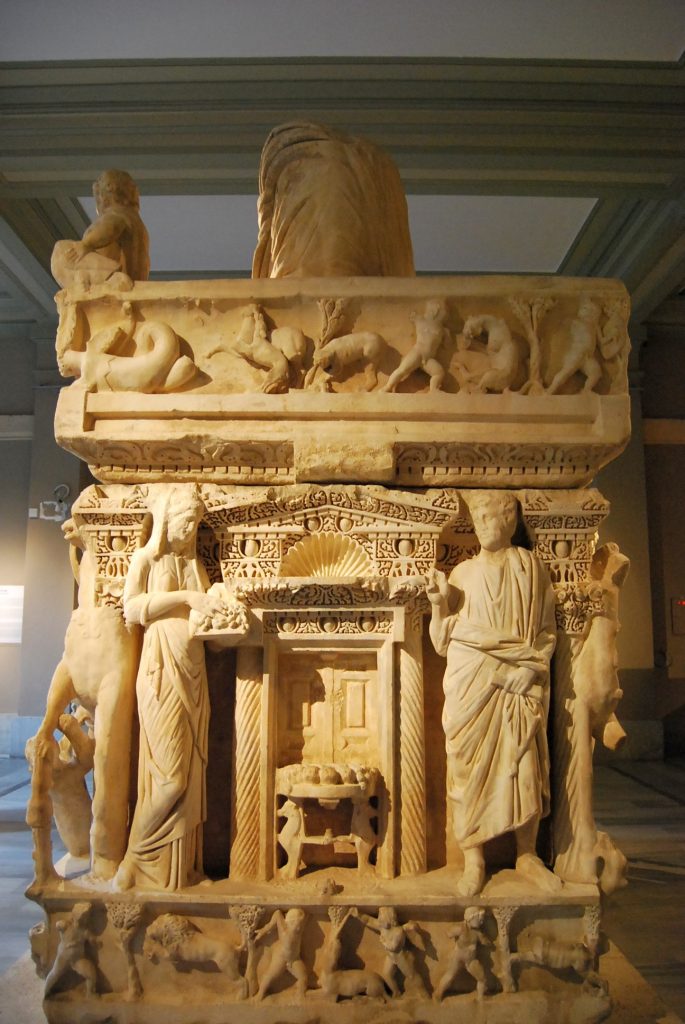
Sidamara Sarcophagus Features
Made of marble, the sarcophagus is 313 cm high, 381 cm long and 200 cm wide.
On the front of the sarcophagus, there is a male figure sitting in the center dressed as a philosopher. To the right is a young girl dressed as Artemis and to the left is a woman dressed as Demeter with a veiled head. At both ends of this face, Dioskurus are holding the halters of horses.
The side and back sides of the sarcophagus are also decorated with reliefs. These reliefs include mythological figures, hunting scenes and depictions of daily life.
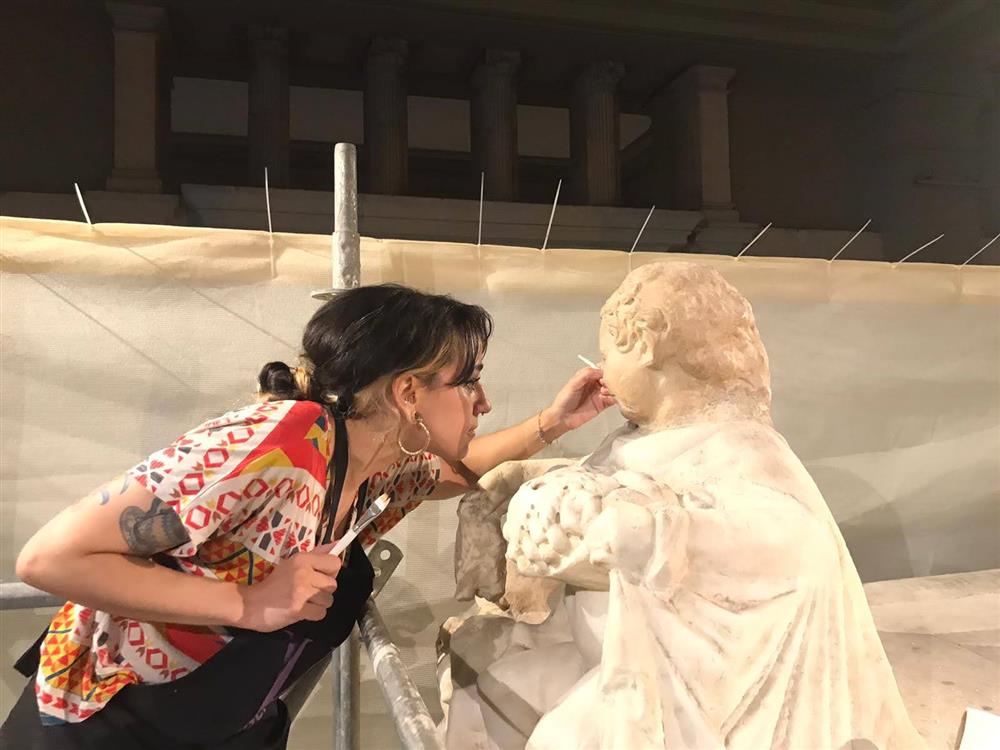
The Sidamara Sarcophagus is also one of the most important works of Roman Anatolian funerary art.
The reliefs on the sarcophagus provide important information about the beliefs, lifestyles and artistic understanding of the people of that period.
The head of Eros from the sarcophagus was stolen by British Military Consul General Charles Wilson in 1882, and upon Wilson’s death, his father donated the Eros Head relief to the Victoria & Albert Museum in 1933.
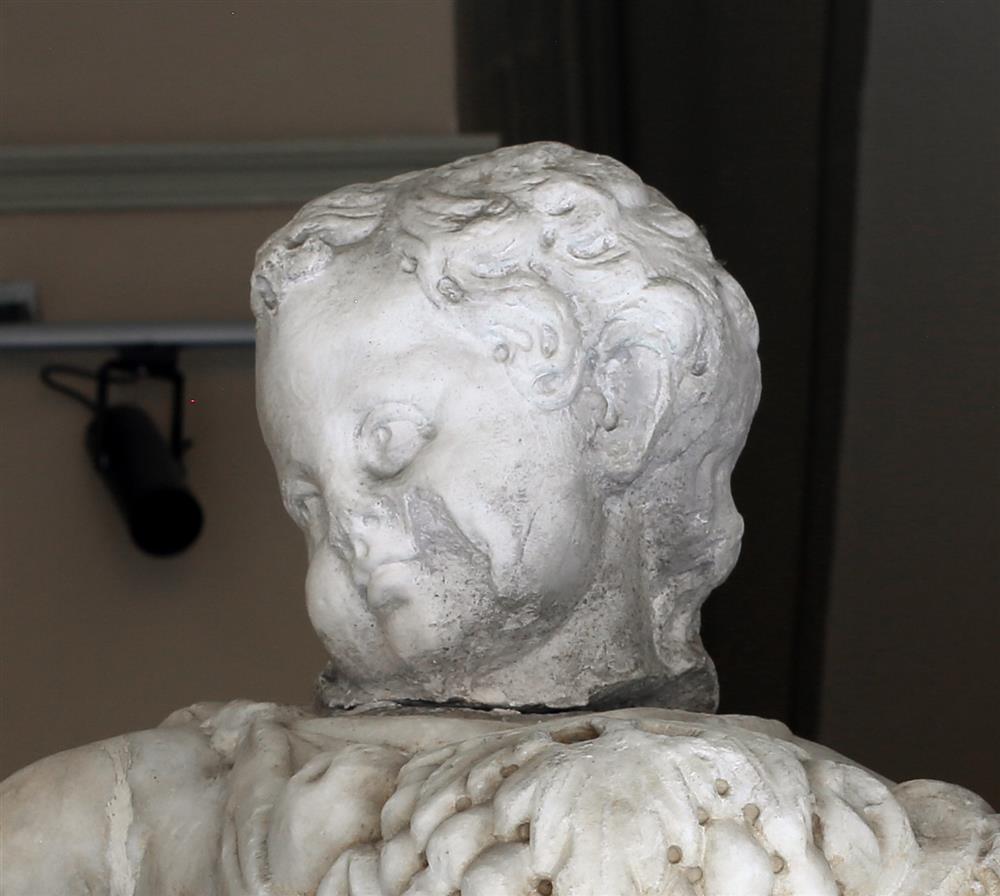
Many years later, with the renewable cooperation protocol signed between the Istanbul Archaeological Museum and the Victoria & Albert Museum, the missing part of the sarcophagus was brought to Türkiye and placed in its place.


